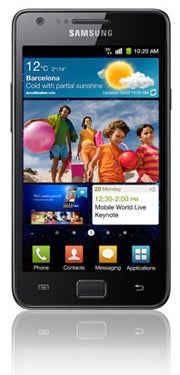When people tell you a structure is 21st century, and it really does look like something out of a science fiction movie, do you feel the slightest bit robbed?
If the future was so easily predicted by Stanley Kubrick or Steven Spielberg, isn't it something of a letdown to have to live in it?
I merely ask this Saturday morning question on staring, without even the first coffee, at pictures and new details of Apple's proposed Campus 2 in Cupertino, Calif.
I am grateful to Apple Insider for directing me to these, released by the City of Cupertino, for they give even greater breadth to the company's vision (I have embedded the full plans below).

For we are now in the phase in which Apple's plans are being reviewed. Why this might happen, I have no idea, as footage of Jobs' speech to the city council revealed that its members seem more enamored of him than most 12-year-olds are of Bieber.
There will, though, apparently be an analysis of the environmental impact of the building (there'll be most cash in the environment, surely). There will even be public hearings at which you, too, (if you live in Cupertino) can go along and declare your admiration for the building and all it represents.
Apple first revealed details of this vast circular compound on June 7. Steve Jobs himself, in that wonderfully relaxed and assumptive performance in front of the city council, described it as a "spaceship."

It's full of environmental glory, with office space for up to 13,000 people in 2.8 million square feet. It will have 300,000 square feet of research facilities (partially) underground, and an auditorium (totally) underground--might this have something to do with security? It is described by Apple as a "distinctive and inspiring 21st Century workplace."
But does it really have the glory of the Guggenheim in Bilbao? Does it make your breath take a detour in search of emergency oxygen sources? Or has the 21st century become a frightfully unimaginative place that we all feel we've seen somewhere before?

Source : cnet
